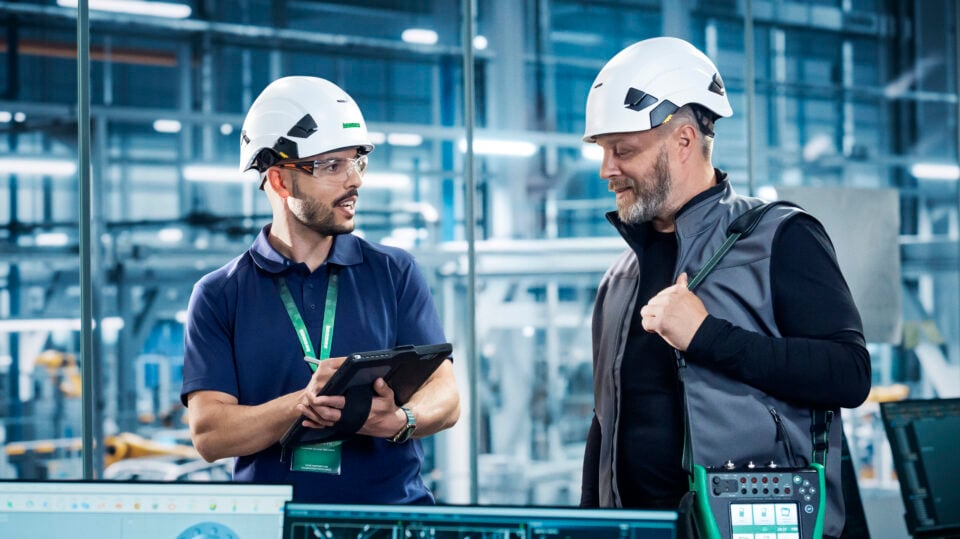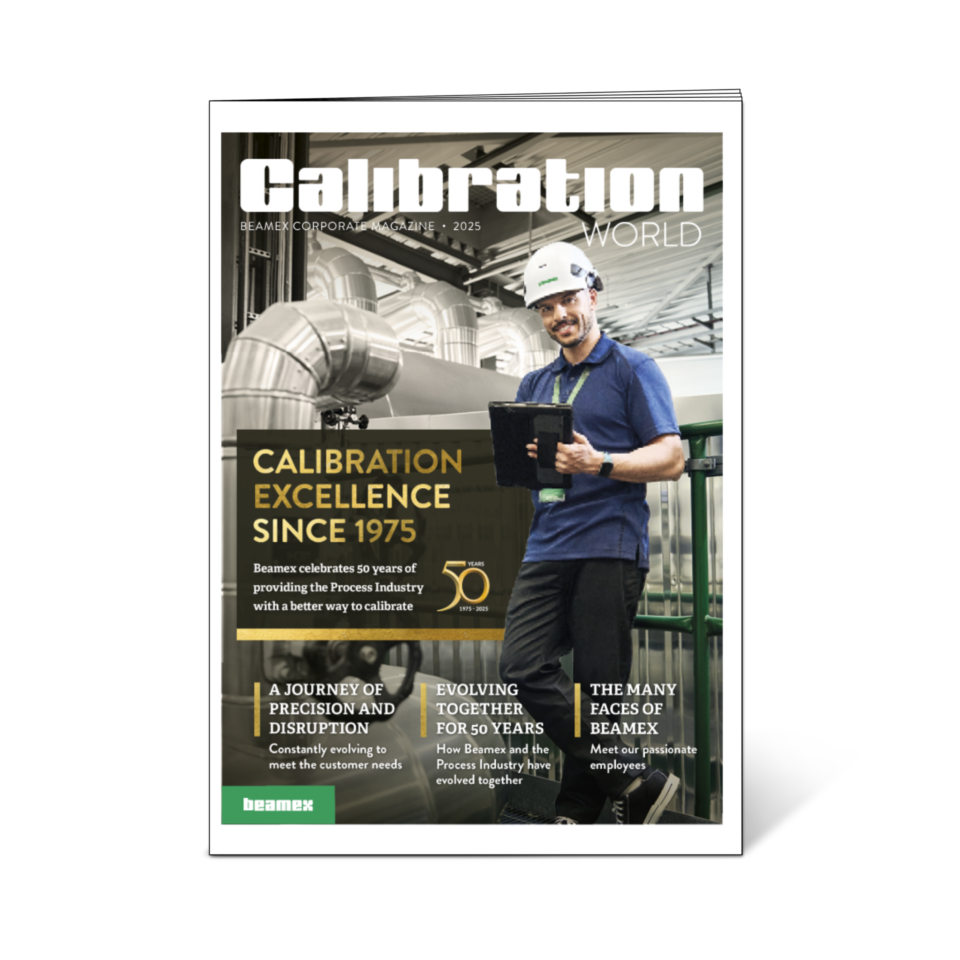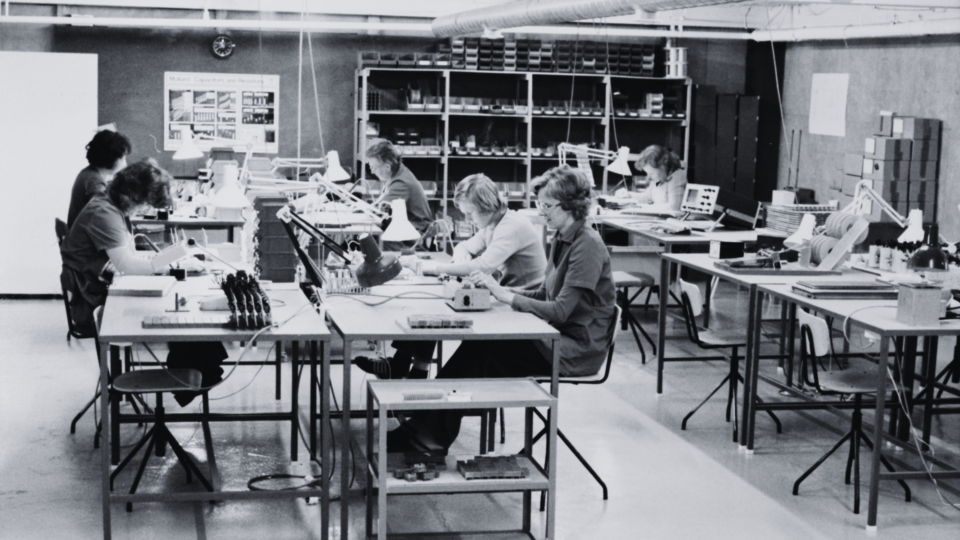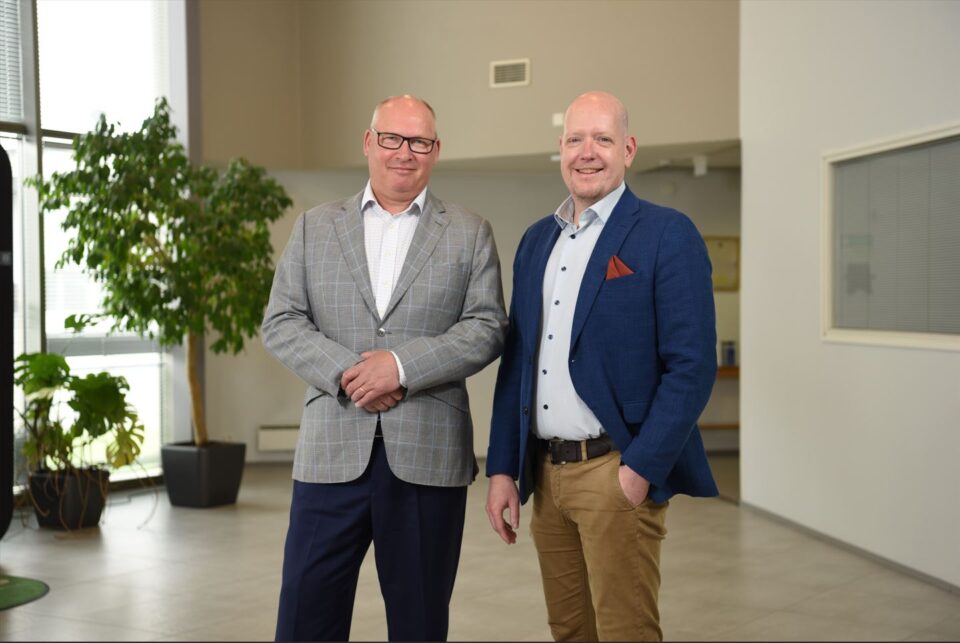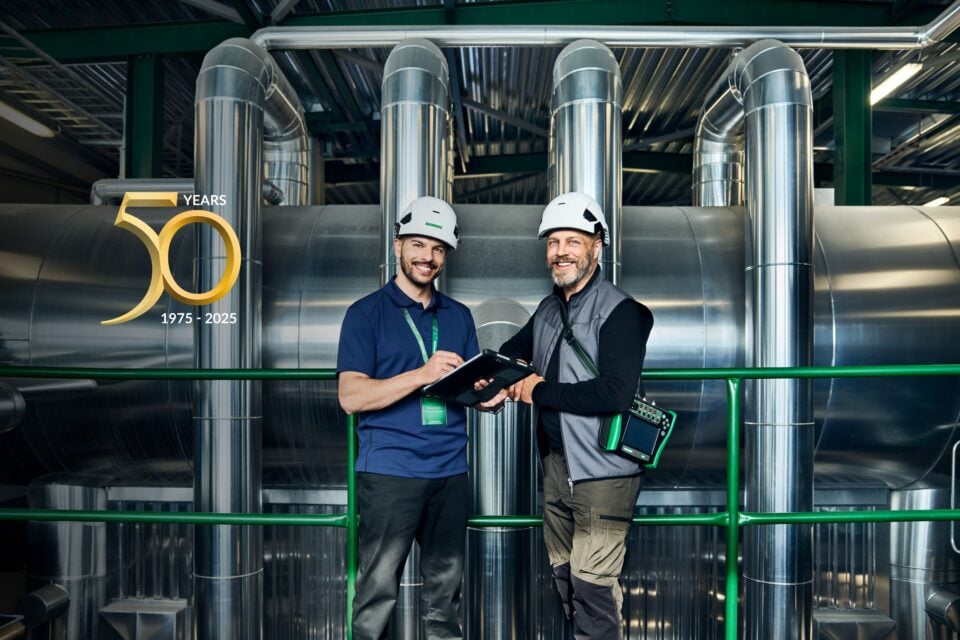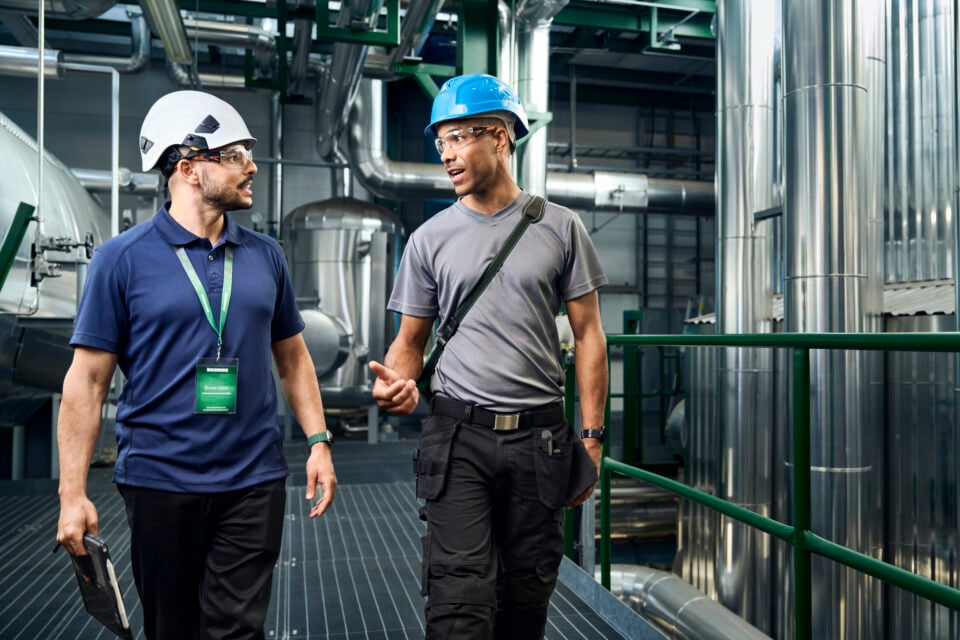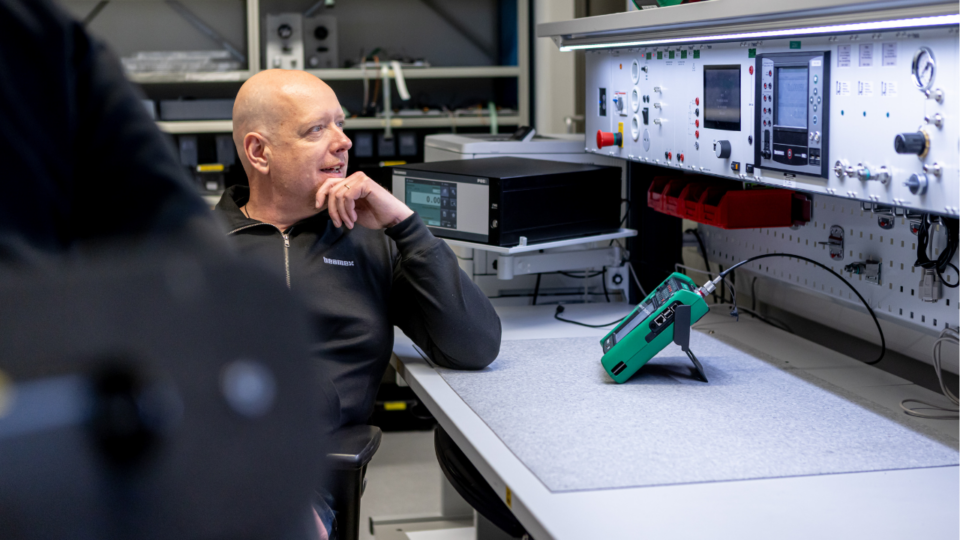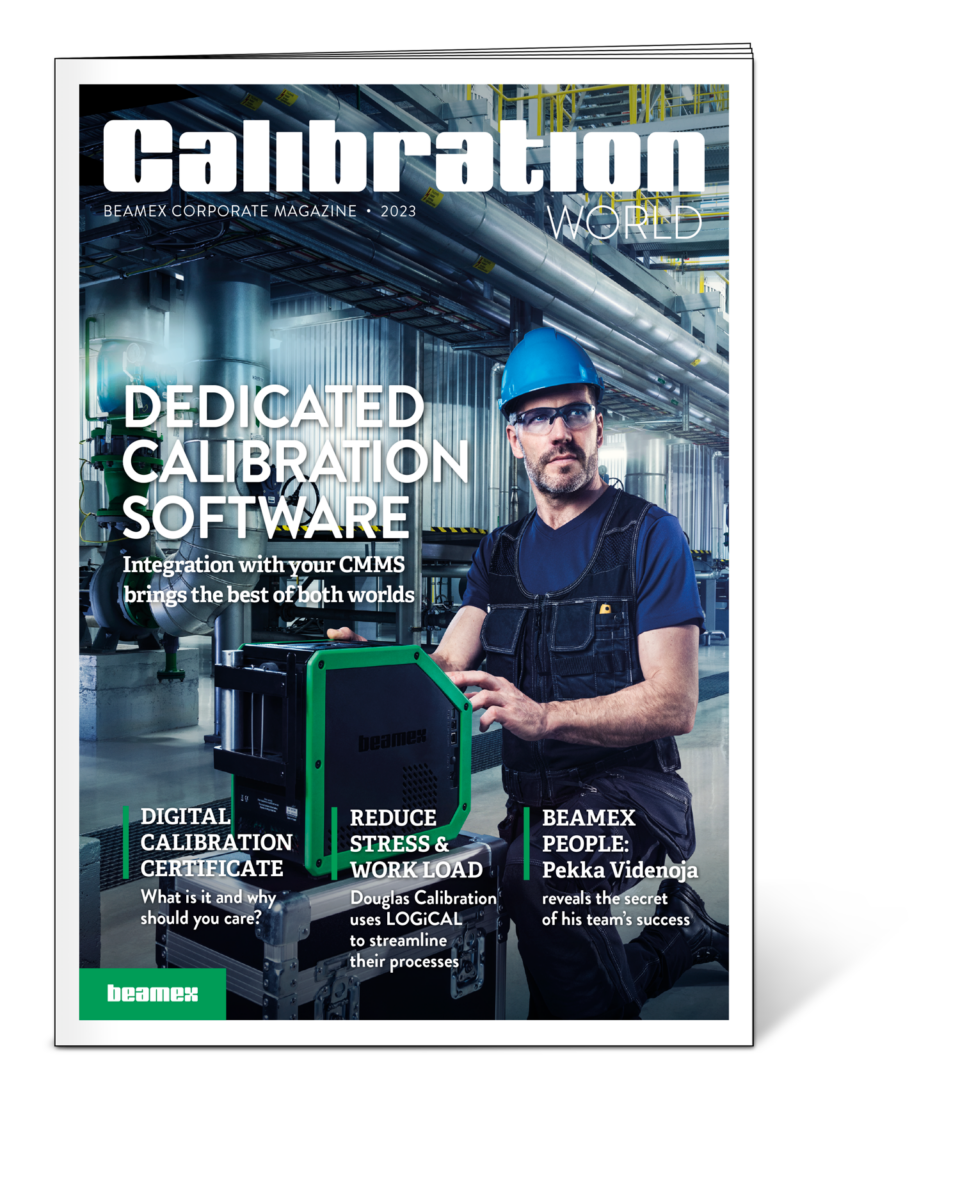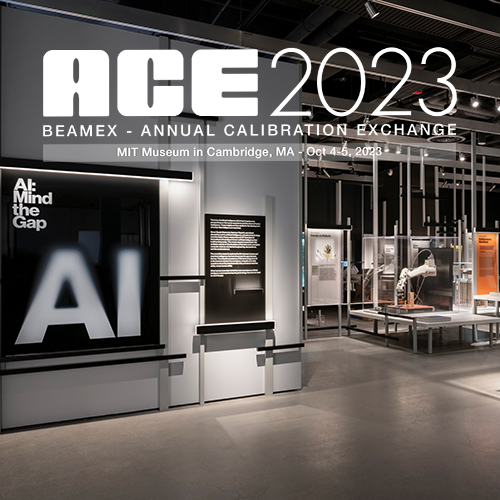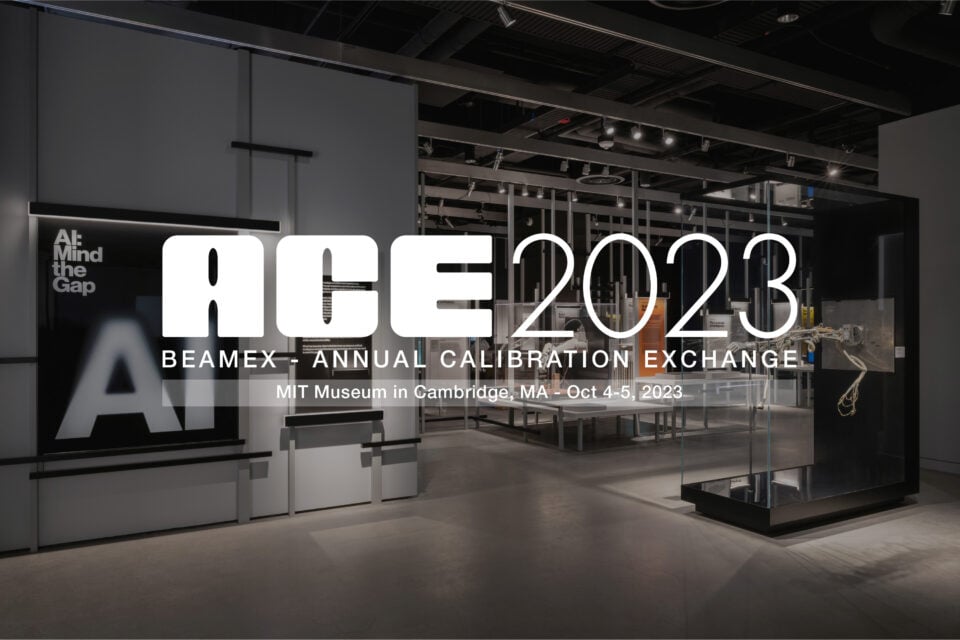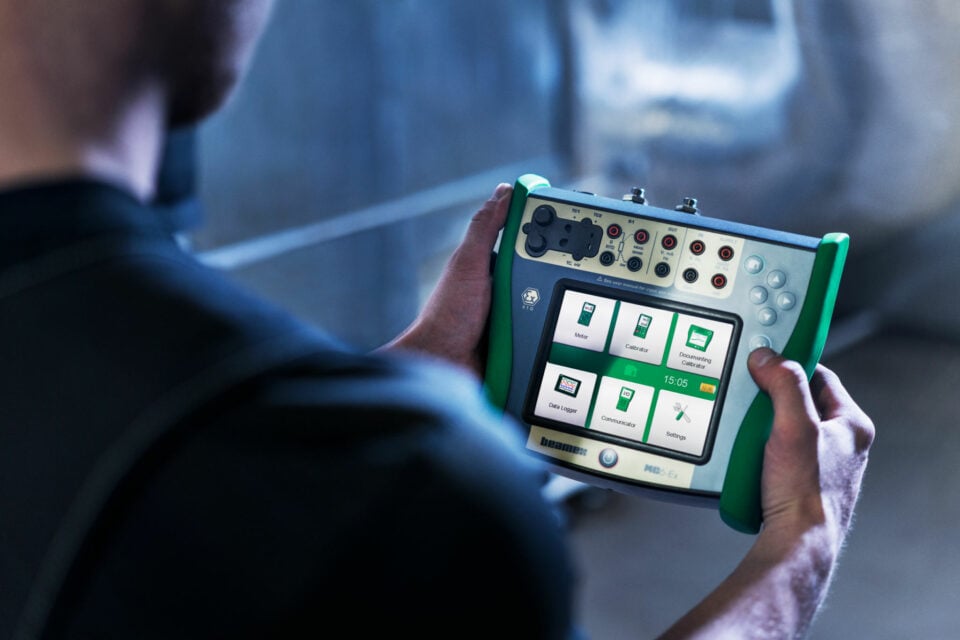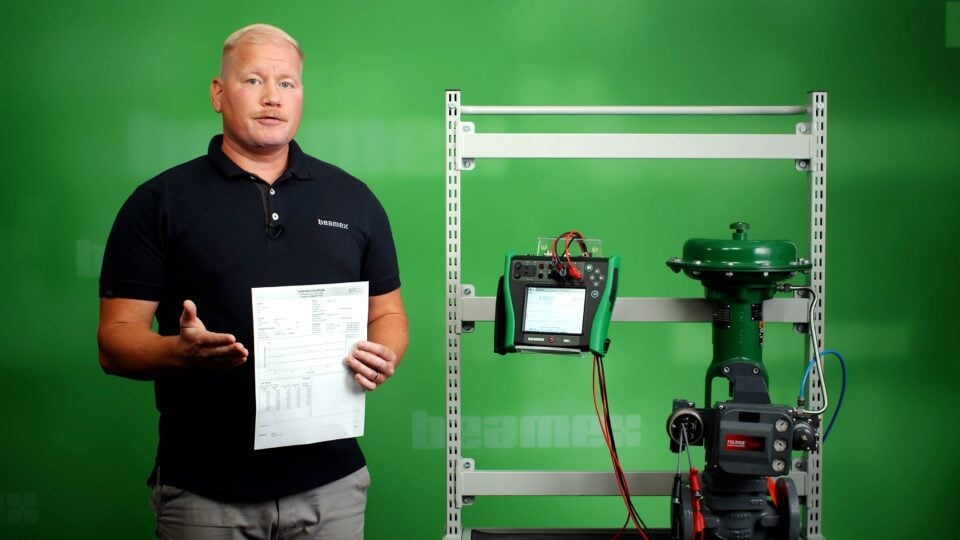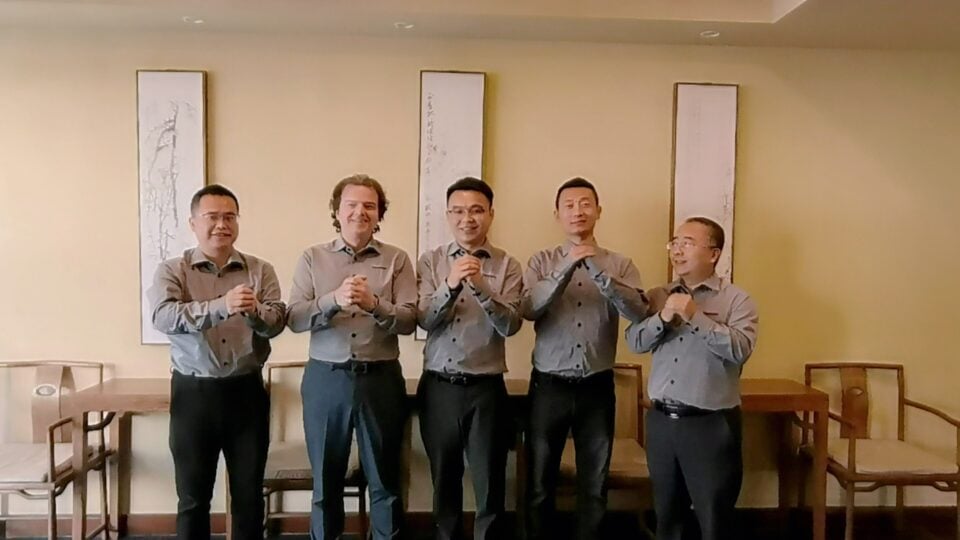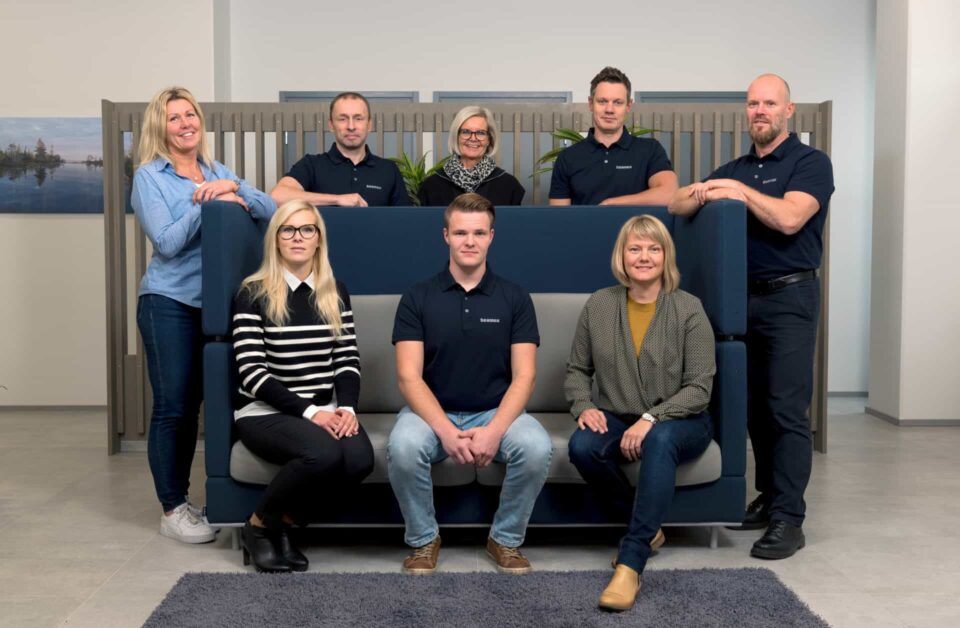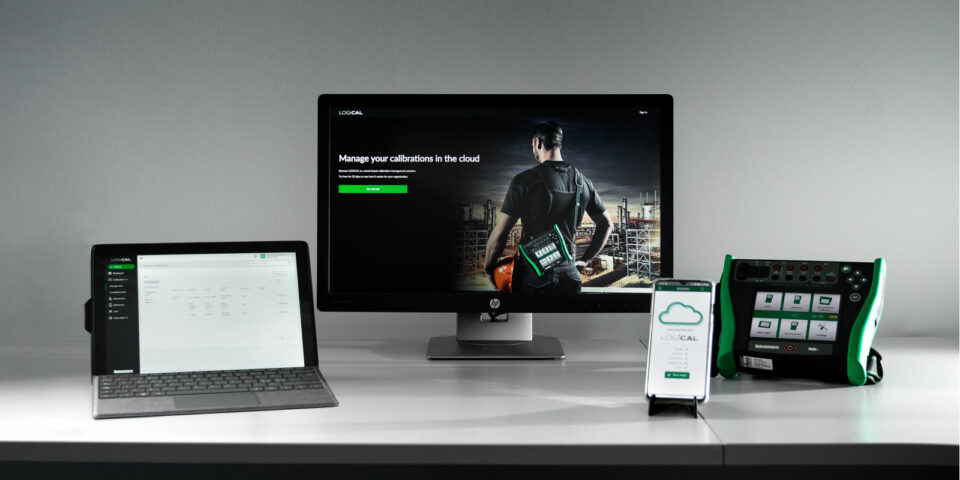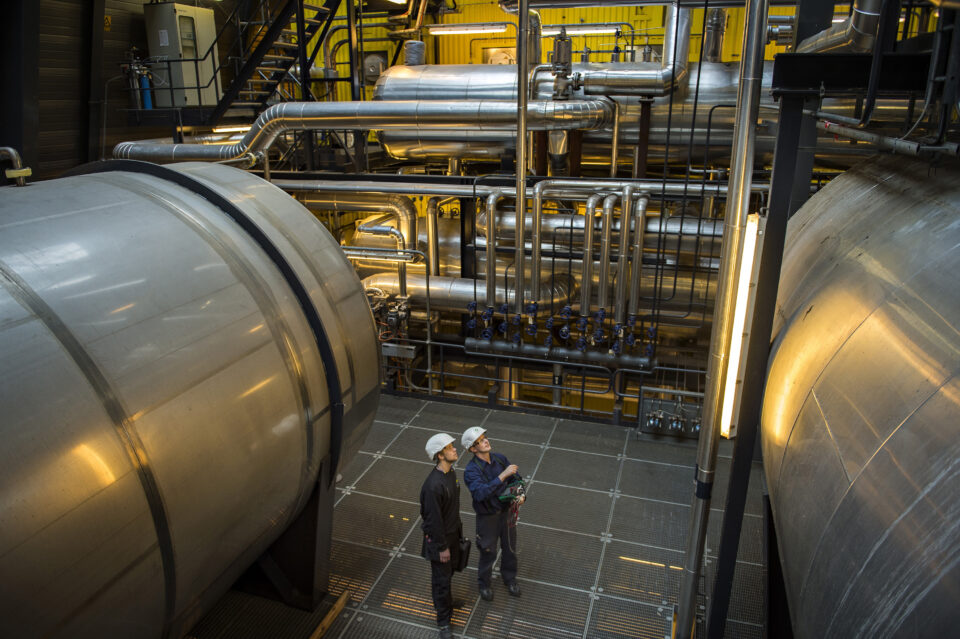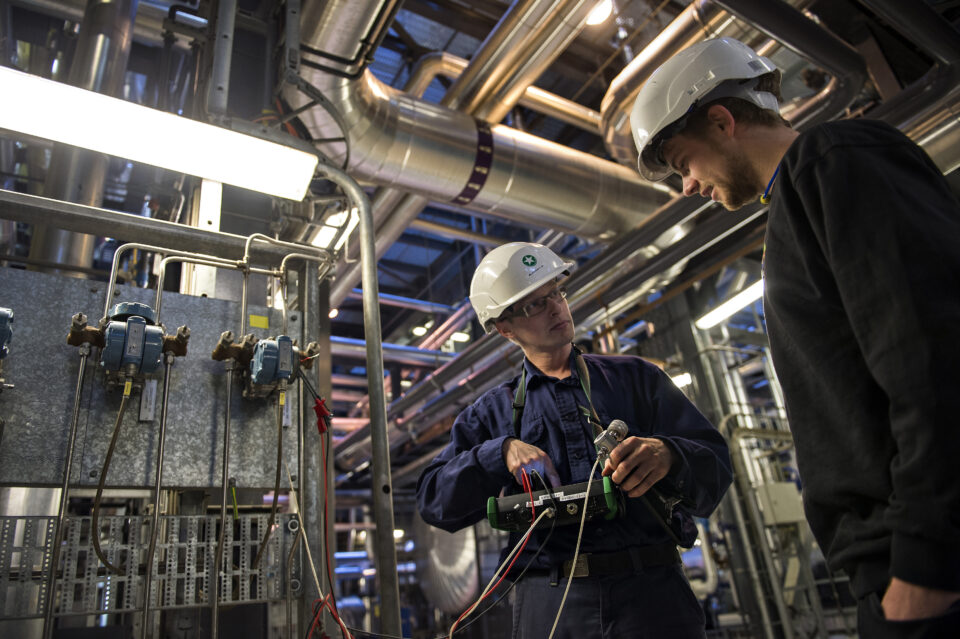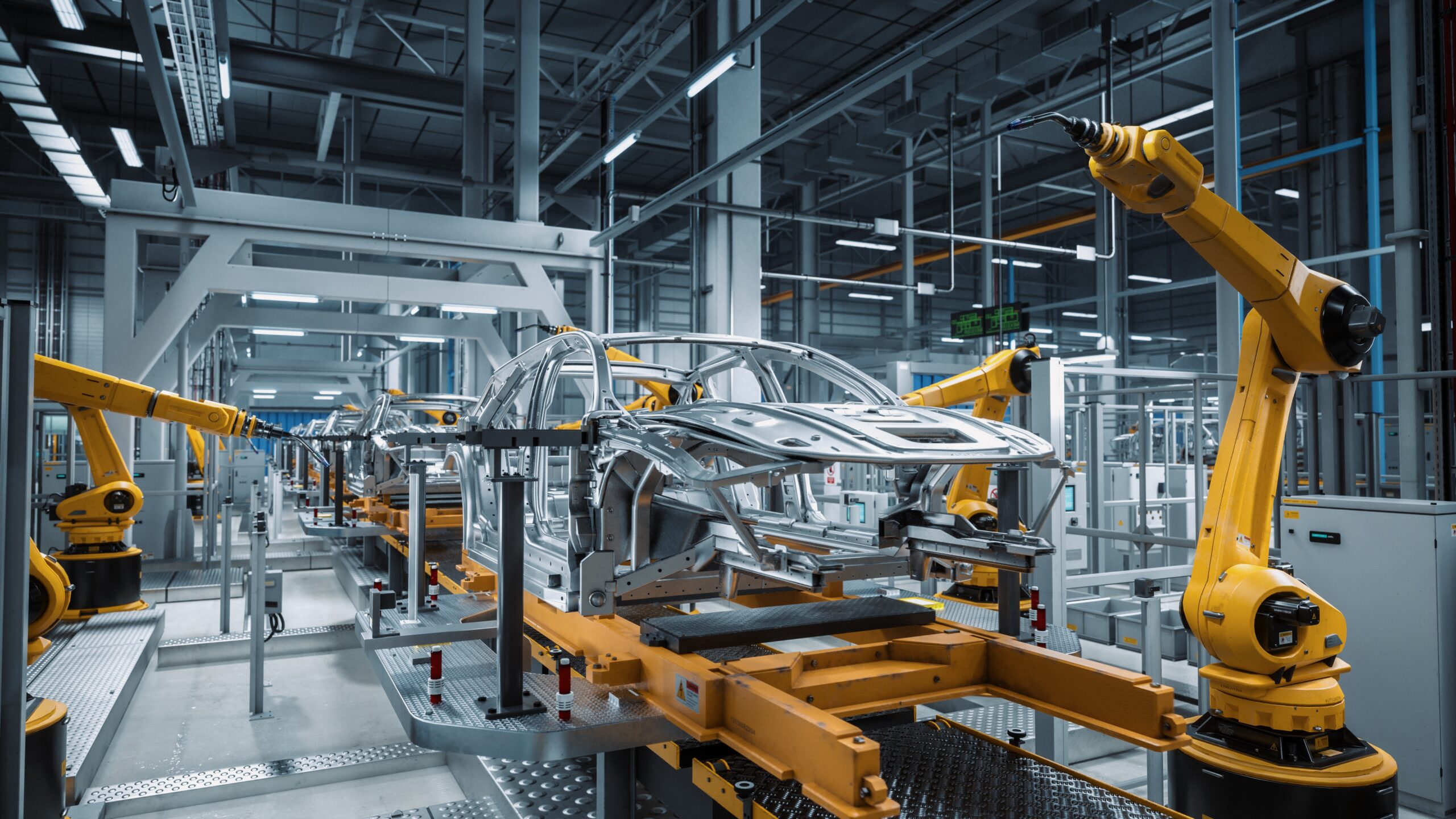
Towards an AI-augmented manufacturing sector
Jan-Henrik Svensson, CEO, Beamex
As ChatGPT, Bing, DALL-E and all things AI continue to grip public imagination, let’s not overlook AI’s tremendous potential to revolutionise the manufacturing sector.
Disclaimer: This blog was not written using generative AI.
Now that is out of the way, let’s talk about Artificial Intelligence or AI. When I look at the current global obsession with this technology, it is both exhilarating and expected. There have been many AI cycles where a breakthrough has captured the attention of millions and garnered billions more in investments. However, they often end up becoming dormant. I believe the current cycle will be different. Fuelled by generative AI, this technology will finally gain critical mass.
Why do I say this? Let’s address the fact that generative AI has brought this technology closer to us than ever before. Where earlier it was considered a daunting tool that could only be used by trained experts, today even a novice can use it to produce expert-quality results. Rather than developing technologies to fill identified use cases, AI has left us scrambling to find use cases for a fast-evolving technology. The tremendous amount of private interest and investment this has generated will ensure that these technologies continue to be used in new and ever more innovative ways.
The manufacturing sector is poised to benefit the most from this AI breakthrough. Here’s how I see it becoming integrated throughout the manufacturing process.
Overcoming the optimisation plateau
First, let’s look at how it can be used to tackle manufacturing data. The road to digitalisation allowed many companies to use data to improve every facet of their operations, reducing waste and vastly improving efficiencies. Yet, at some point, they will hit a plateau as both equipment and human capacity to handle these massive amounts of data approach their peak.
The use of increasingly advanced sensors and connected devices, especially in process-intensive industries, will require AI to be brought in to draw patterns and infer new insights.
Now, we have all seen how quickly generative AI can condense the contents of the world wide web into succinct paragraphs. Couldn’t variations of the same technology be used to analyse manufacturing data and break through the expected optimisation plateau? AI could play a major role in making this data more open and transparent, allowing for quicker decision-making.
Designed and built by AI
AI also has the potential to influence product development right from the design phase. By coupling AI with digital twins, companies could be able to develop a variety of new and less resource-intensive products while virtually testing them through simulations.
A recent trial by NASA in using AI-assisted design tools is a good example of the kind of efficiencies we could see here. In the trial, AI tools were used to create ‘evolved structures’ that saved up to two-thirds the weight of traditional components and allowed the organisation to go from design to analysis to fabrication in a week.
Imagine the boost to the circular economy if such savings could enter the mainstream manufacturing sector.
As the manufacturing sector embraces Industry 4.0, IoT experts are already talking about a future where AI and Edge computing could see products being modified on smart assembly lines. These would allow for incremental upgrades that mirror emerging user needs that will have been monitored and identified by AI. My colleague Sami Koskinen wrote about potential real-world applications for this in his recent blog about healthcare. There are opportunities for this to be replicated in other industries as well.
Filling the skills gap
Then there is the role of AI in meeting the manufacturing sector’s lack of skilled labour. In the calibration industry, for example, we have a great demand for metrology experts, but not enough supply. AI-powered calibration tools could take over the more technical aspects of the role, effectively deskilling it. These tools will allow other experts to take over the tasks of a metrology expert, easing the demand-supply gap.
I also see AI augmenting humans by giving them access to enhanced information. One home-grown example I can give from Beamex is related to calibration. Regulations require that certain types of calibration are verified by a team of two, with one manually documenting a reading and the other verifying that it was entered correctly. We are developing an AI-powered set of ‘eyes’ that will act as the first person, automatically documenting the reading, eliminating human error, and vastly speeding up the calibration processes”.
The potential is immense and runs across the board. One of the more interesting reports I came across in the AI field was about a Hong Kong-based online gaming company, NetDragon Websoft. With over USD 2.1 billion in annual revenue, the company appointed an AI CEO to take high-level leadership decisions and improve efficiency. This goes to show, even the roles of top management stand to change as business environments get more complex and development cycles shorter. It is not unthinkable to imagine a new generation of executives, augmented by AI, creating more agile businesses.
To AI, or not to AI?
Even as we get caught up in all things AI, I must emphasise that this is a tool. And just like other tools that humanity has developed over generations, it must be handled responsibly.
Where AI stands to help improve our lives and society, like helping a dyslexic person become a writer, finding a solid roadmap to reduce emissions or eliminate inequality – they absolutely must be used to do so. But while you might be able to replace practically everything with AI, do we really want to? One could imagine scenarios where completely automated AI-run organisations shape global business and trade, but where is the human element in all of this? Will human ingenuity and capability continue to advance if there is nothing to aspire to, or challenge ourselves with?
These are some of the aspects of this technology that I urge the AI community to consider as they think of new use cases in different fields. Furthermore, we must be able to treat AI just as we do any other human expert. Their workings and reasonings must be made transparent, we must have the ability to challenge AI-driven decisions, and we certainly must be assured that the data driving AI decision-making is as accurate as possible.
As someone who works in calibration, I have seen enough machines go off track because the data fed into them is inaccurate or has some inherent bias. One wrong measurement can make artificial intelligence as error-prone as human intelligence. At Beamex, we are in active dialogue with different stakeholders to create mechanisms for the safe and transparent sharing of such data and the creation of data ecosystems that will benefit whole industries. Get in touch if you want to know more.
You might also find interesting
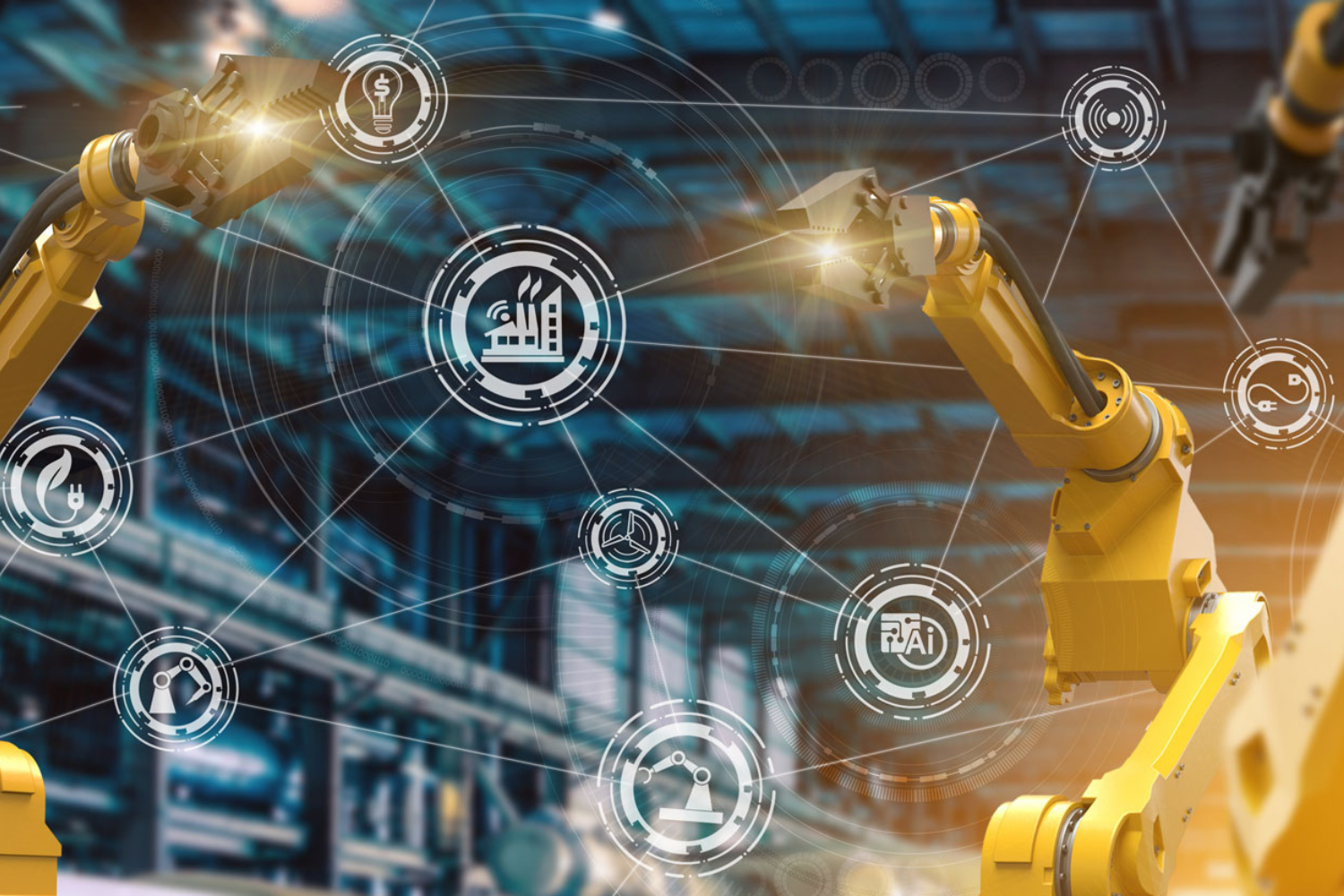
For a safer and less uncertain world
Welcome to our series of topical articles where we discuss the impact that accurate measurement and calibration has on the world and our everyday lives.

